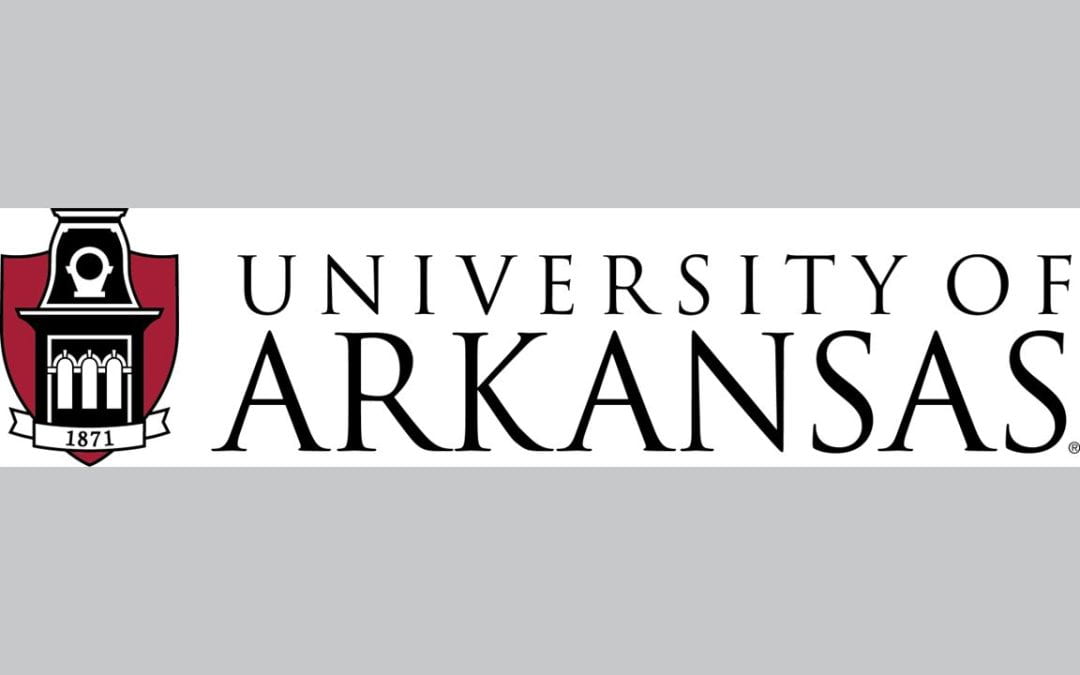Lori Murray, a clinical assistant professor in the Eleanor Mann School of Nursing, recognized that in caring for the needs of an aging population and improving the health of older adults, it’s critical for students to have experiences with this population.
So she implemented a twist to her undergraduate class, Nursing Concepts: Older Adult. She added an intergenerational service-learning experience this semester, pairing undergraduate nursing students with healthy older adult mentors from the Northwest Arkansas community.
There are 110 nursing students taking part in the project. It will continue next semester and Murray is looking for older adults who are willing to work with students as mentors.
“The mentor will get to help to shape and mold perspectives of these students toward older generations,” Murray said. “We want students to see that only a very small percentage of older adults are in a nursing home or ill and frail.”
The project has been a success, Murray said. She’s excited to share findings with the wider nursing community. Murray, along with U of A nursing instructor Hillary Bowling, received a U of A Service Learning Faculty Travel grant to present about the project next spring at the Gulf-South Summit on Service-Learning and Civic Engagement through Higher Education. Bowling designed the project for a Doctor of Nursing Practice degree she’s currently earning. Murray implemented the project and completed the process to obtain a service learning credit.
Students are allowed to choose their own mentors, but many have struggled to find one. About 40 mentors are needed to work with nursing students beginning in January 2020.
Several U of A professors served as mentors this semester. The Osher Lifelong Learning Institute, part of the College of Education and Health Professions, was also a good source of mentors.
OLLI member and retired physician John Baldridge mentored Caroline Crawford, a nursing student from Houston. He was impressed, calling her a “solid student who is serious about her future in the world, offering service over self-centered development.”
Crawford also received the benefit of spending time with Dr. Baldridge’s wife, a medical social worker, as well as a neighbor and two family members visiting the Baldridges from Oregon.
“The neighbor was from a different religious background and our son and grandson represent different generations and a different geographical perspective,” he said. “We were very happy to have Caroline visit our social and anthropologic engagements. In the end, I trust it might have been instructive from several perspectives.”
Baldridge wanted to be a mentor because he believes in supporting gerontologic studies as part of academic education, regardless of career aspirations. He was a former member of the Gerontological Society of America and a faculty member at the Geriatric Research, Education, and Clinical Center faculty in the late 1970s.
Baldridge said the mentoring relationship was reciprocal, which Murray said is a primary project goal. She said mentors can share wisdom and give students a real-life example of what aging looks like. Nursing students are responsible for designing individualized wellness plans for their mentors.
Murray said many of the students’ assumptions about aging were challenged.
“I believed many of the stereotypes associated with older adults,” admitted Elise Randels, a nursing student who participating in the project. “My mentor taught me that healthy older adults can be extremely agile, motivated, and wise. This experience was so important for me as a future nurse. I will inevitably care for many older adults whether or not I specifically handle geriatrics.”
Randels’ mentor is the grandmother of a close friend. The two had previously only been acquaintances. Randels said the main lesson her mentor taught her was that health encompasses so much more than just eating right and exercising regularly.
“My mentor taught me that doing the things you love and maintaining close friendships and relationships can be just as influential on one’s health,” Randels said. “Many older adults struggle with depression due to loneliness, isolation, or losing loved ones. It’s so important that older adults — and everyone for that matter — have strong communities and continue doing what they love to the best of their ability.”
Randels said her mentor was already active and healthy, but was eager to create new goals.
“After creating the goals, she immediately began implementing the necessary changes in her diet and exercise routines,” Randels said. “She was eager every week after that to update me with her improvements. Through that assignment, I was able to help teach her how to set realistic, measurable goals to improve her health.”


